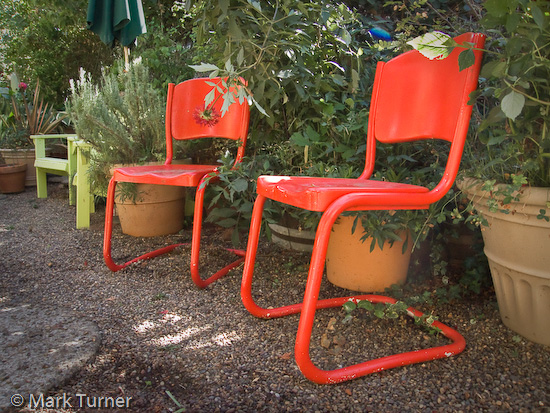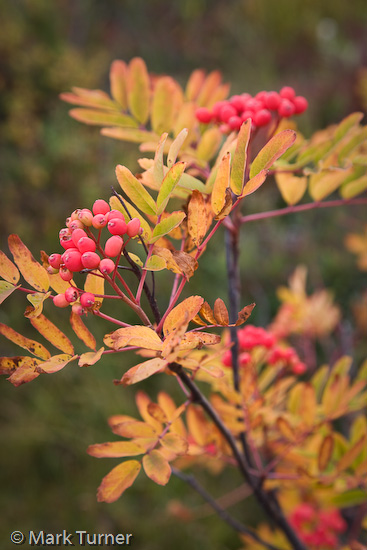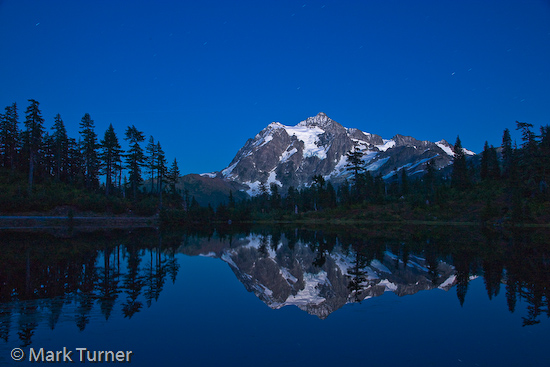Autumn Larch
 Our native Larch is a tree I don’t see in gardens very often. All summer it’s a soft green, but in the autumn it turns brilliant gold for a short period before dropping its needles for the winter.
Our native Larch is a tree I don’t see in gardens very often. All summer it’s a soft green, but in the autumn it turns brilliant gold for a short period before dropping its needles for the winter.
This larch is in Cynthia Krieble’s Ellensburg, Washington garden. It’s right out front where everyone passing by on the sidewalk or street can see it in a border of mixed conifers, drought-tolerant perennials, and grasses. Other plants visible in the photo include red-twig dogwood, Russian sage, and a juniper. Cynthia is an artist who gardens like she paints, mixing colors and textures in a varied palette. You can see some of her work at Linda Hodges Gallery.
I made the photo this afternoon when the sun peeked out from the thin, high clouds that moved in today. At this time of year the sun never gets very high in the sky, so even mid-afternoon light is low and dramatic. Backlighting enhances the texture and color in the needles. With the sun at my back the larch, while still attractive, was not nearly as exciting.
This was my fourth visit to Cynthia’s garden. Photos from the others are at Inland Northwest Gardening.


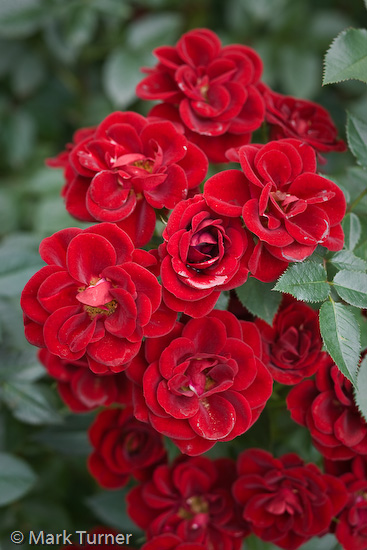 Last month I was down in Portland for the annual Garden Writers Association symposium. I took time on the morning afterward to spend a few hours exploring and photographing in the International Rose Test Garden. There are a huge number of roses in the garden, many of them looking very nice in late September. But one stood out to me that day — a shrub rose called ‘Raven’.
Last month I was down in Portland for the annual Garden Writers Association symposium. I took time on the morning afterward to spend a few hours exploring and photographing in the International Rose Test Garden. There are a huge number of roses in the garden, many of them looking very nice in late September. But one stood out to me that day — a shrub rose called ‘Raven’.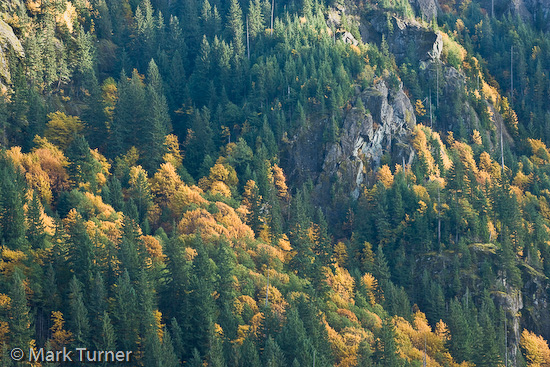
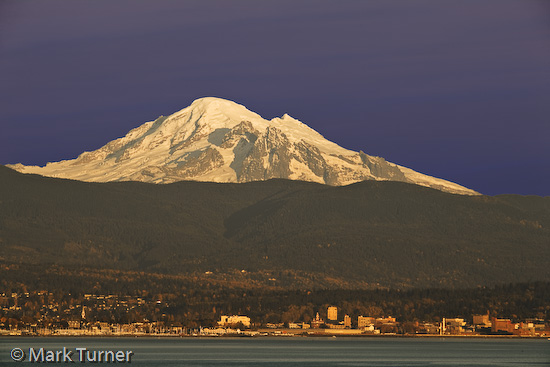
 Mid-October is getting toward the end of the good weather in the North Cascades. I took advantage of a nice day today to head up toward Mt. Baker to photograph the mountain and the rugged crevasses and seracs on the lower portion of the Coleman glacier. I made this self-portrait at the high point of my hike, a bit over 5900 feet elevation. The crevasse I’m stradling wasn’t very deep so I felt comfortable going out on the glacier by myself without an ice axe. However, I didn’t go any farther than where I’m standing.
Mid-October is getting toward the end of the good weather in the North Cascades. I took advantage of a nice day today to head up toward Mt. Baker to photograph the mountain and the rugged crevasses and seracs on the lower portion of the Coleman glacier. I made this self-portrait at the high point of my hike, a bit over 5900 feet elevation. The crevasse I’m stradling wasn’t very deep so I felt comfortable going out on the glacier by myself without an ice axe. However, I didn’t go any farther than where I’m standing. Toad Lilies are bulbs that bloom late in the season, adding a little color during that transition period between summer and autumn here in the Northwest. There are several species and varieties, but from the ones I’ve seen, they’re mostly shades of purple, with up-facing blossoms on stems that are about waist high or a little higher.
Toad Lilies are bulbs that bloom late in the season, adding a little color during that transition period between summer and autumn here in the Northwest. There are several species and varieties, but from the ones I’ve seen, they’re mostly shades of purple, with up-facing blossoms on stems that are about waist high or a little higher.